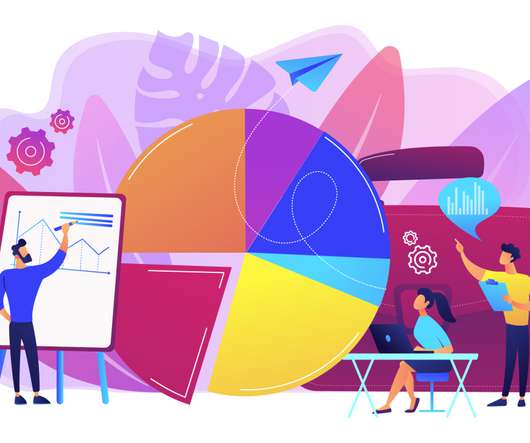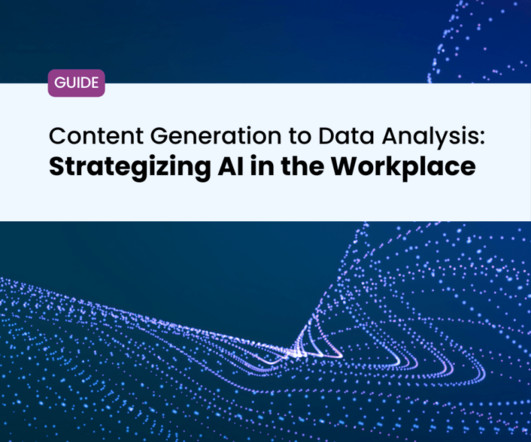2023 ITA Jay Cross Memorial Award: Keeley Sorokti
Clark Quinn
JULY 5, 2023
Keeley Sorokti’s career as a knowledge management professional has been marked by her expertise in guiding organizations and teams through transformative journeys in designing and sustaining social learning, online community, and knowledge-sharing practices. She actively shares her expertise and insights.

















Let's personalize your content